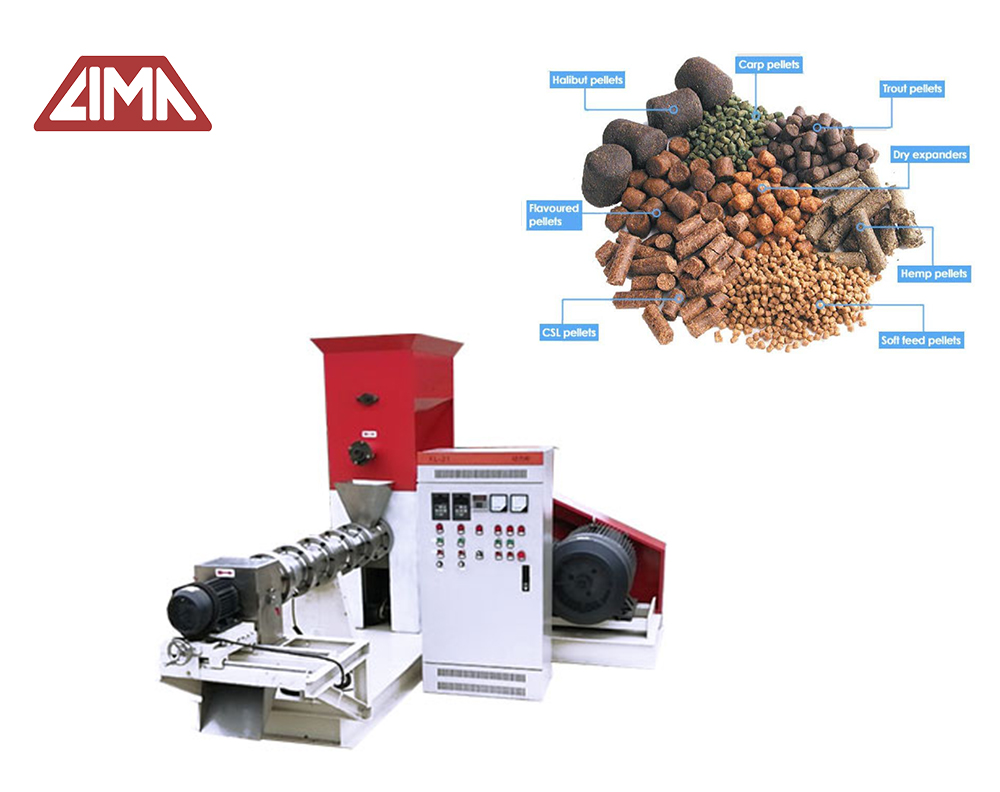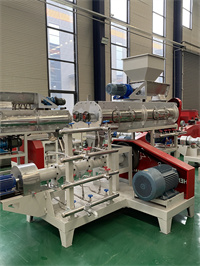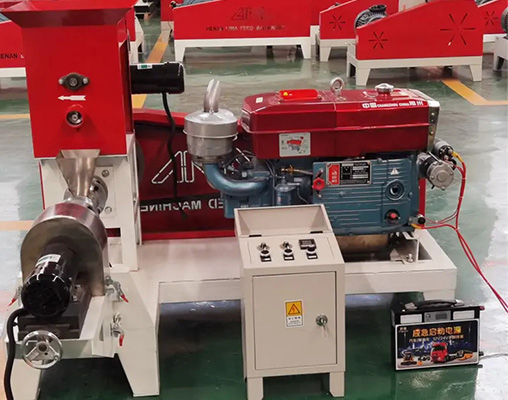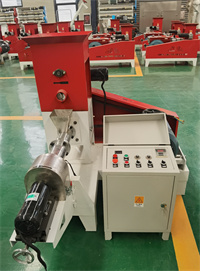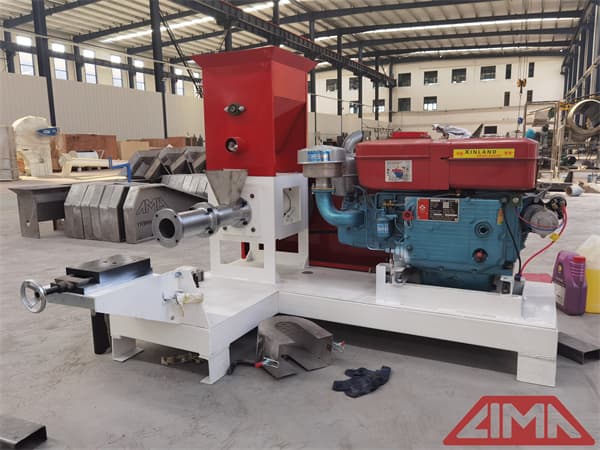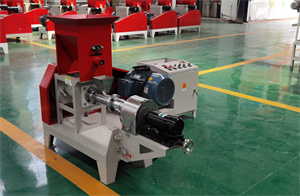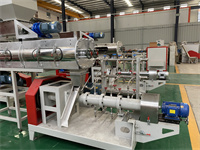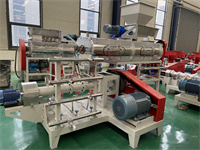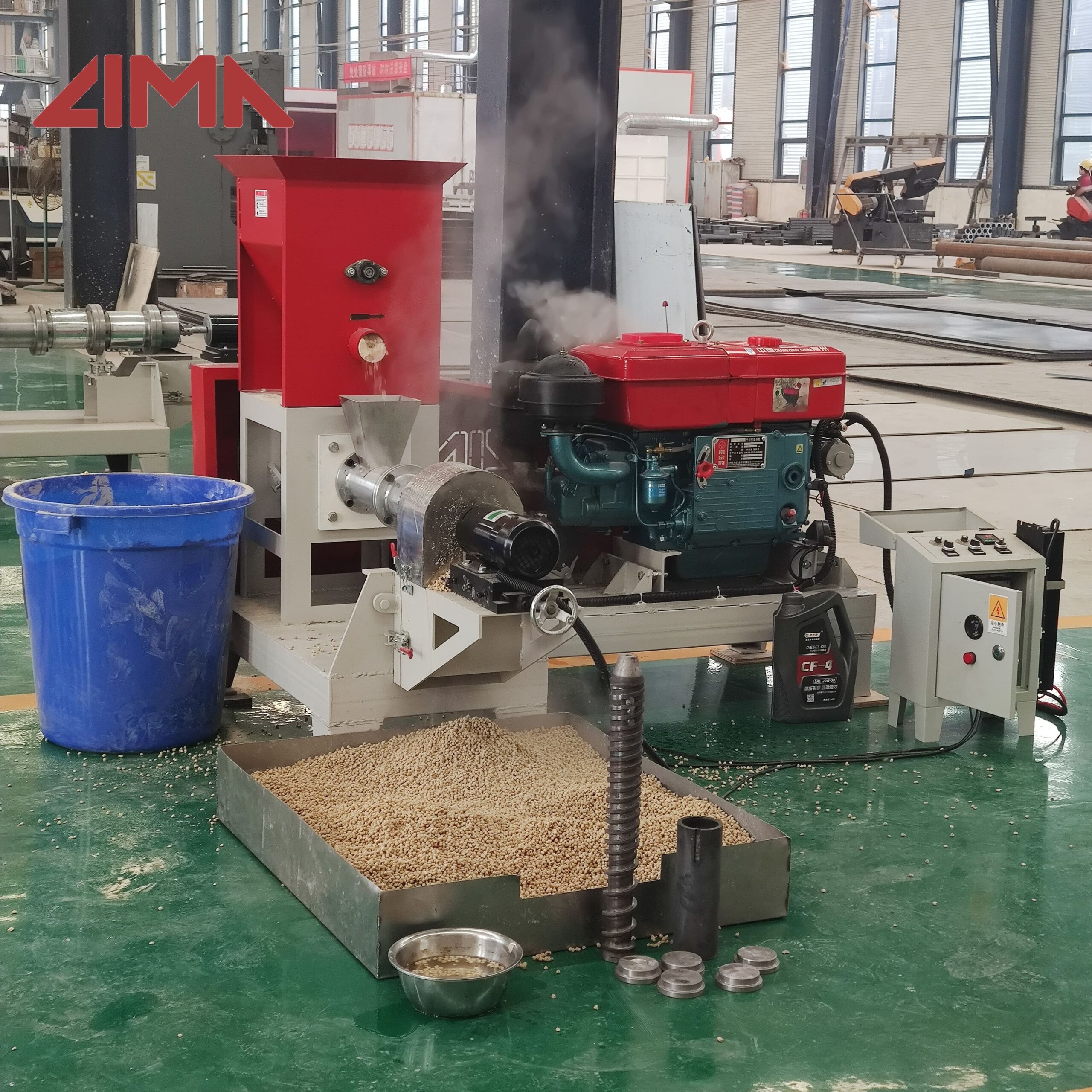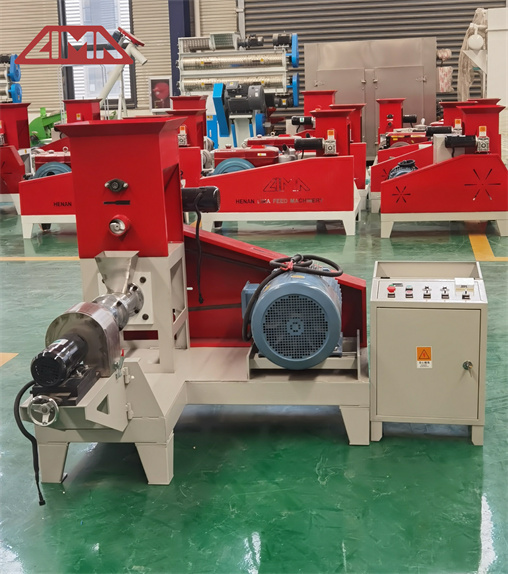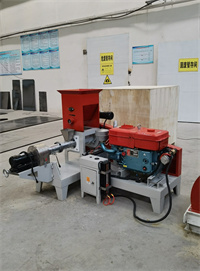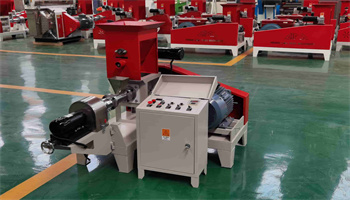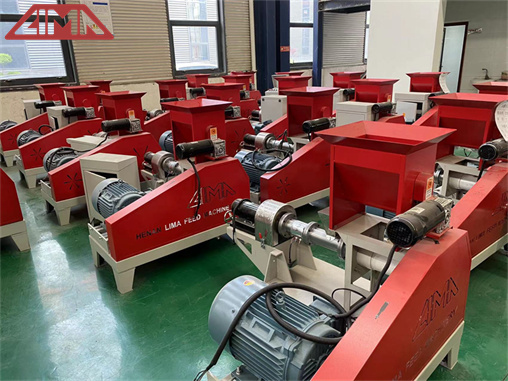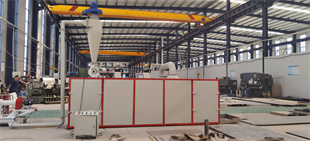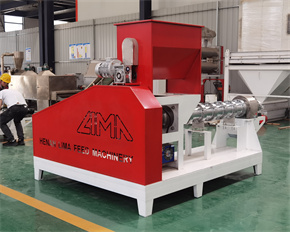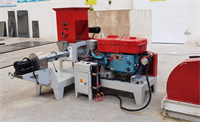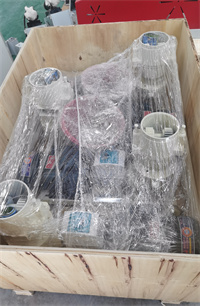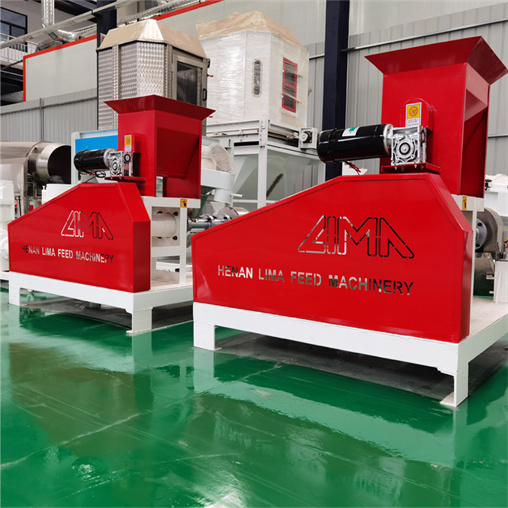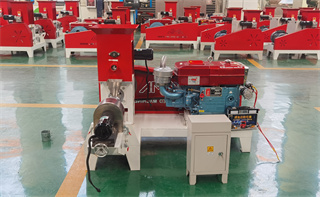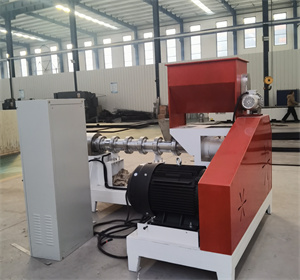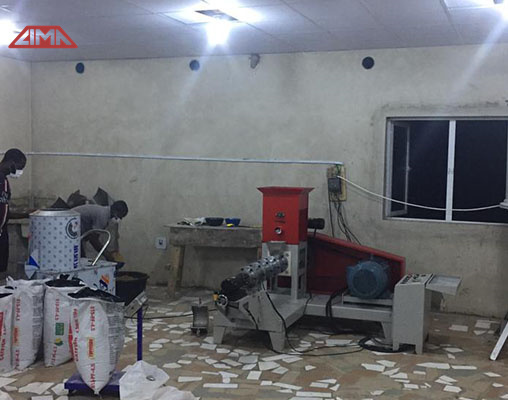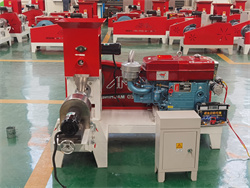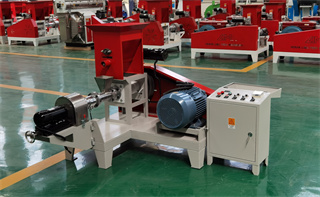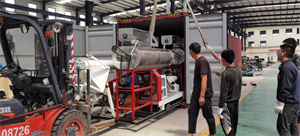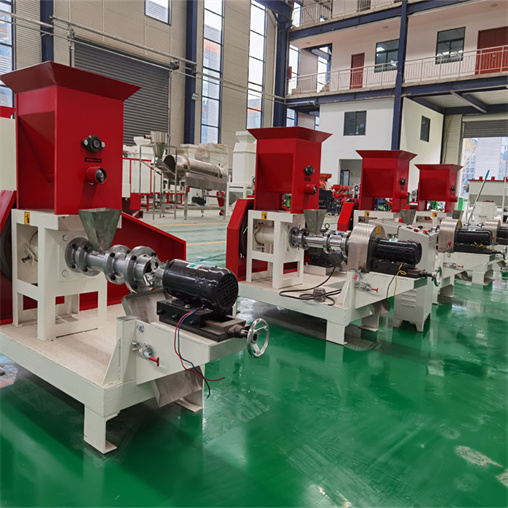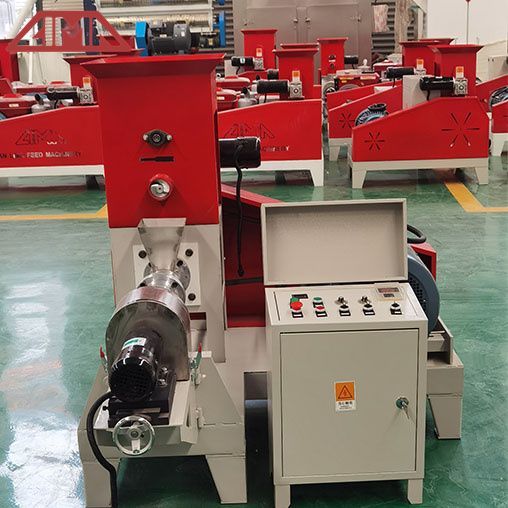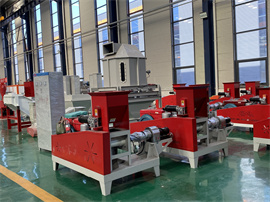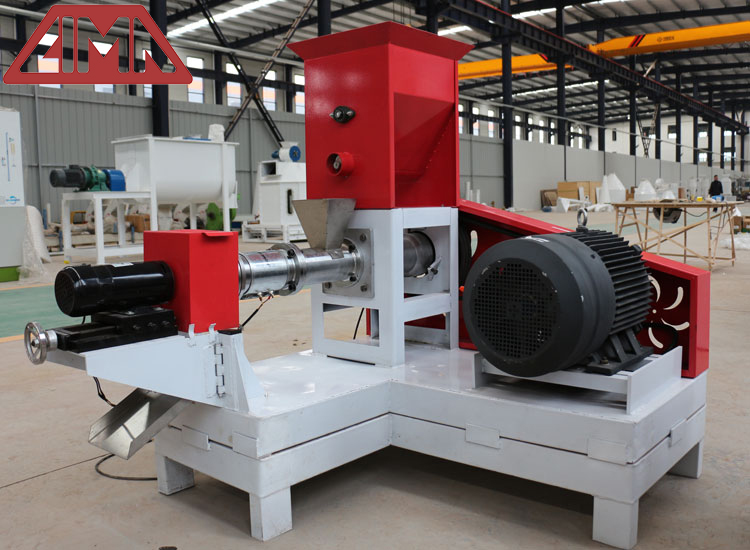Strong substitutes in the food safety era feed, feed pellet machine
The use of antibiotics in feed is increasingly restricted due to food safety and bacterial resistance concerns. Short and medium chain fatty acids (C1-C14) and their derivatives (fatty acid salts and fatty acid glycerides) have a wide range of bacteriostatic and other nutritional effects, and are powerful substitutes for antibiotics.
The antibacterial mechanism and antibacterial effect of fatty acids and their derivatives are affected by the number of carbon atoms and the type of derived products, and their application in feed is affected by other factors (feed processing, gastrointestinal digestion and absorption, intestinal pH, etc.). influence. The bacteriostatic, nutritional and other functional effects (such as immunity, intestinal barrier, etc.) of short-chain fatty acids (represented by butyric acid) are well studied, but their application in feed is affected by odor, processing, animal Absorption restrictions, etc. Then appeared fatty acid salts, coated fatty acids and fatty acid glycerides. The carbon chain length of medium-chain fatty acids is between 8 and 14, and its antibacterial mechanism is completely different from that of short-chain fatty acids.
Medium-chain fatty acid glycerides are non-ionic surfactants that can directly penetrate the bacterial cell membrane and become part of the cell membrane, thereby changing the permeability of the cell membrane; at the same time, it inhibits bacterial lipase (in the process of bacterial colonization of mucosal cell surfaces). necessary) activity. The bacteriostatic effect of medium-chain fatty acids and their derivatives is higher than that of short-chain and long-chain fatty acids, and their minimum inhibitory concentrations are 10 times lower than those of short-chain fatty acids. In addition, more studies have shown that medium-chain fatty acid glycerides have a strong inhibitory effect on viruses. In this paper, the antibacterial mechanism and antibacterial effect of short and medium-chain fatty acids and their derivatives are reviewed, in order to provide a basis for the application of such products in aquaculture.
In recent years, the antibacterial activity of fatty acids and their derivatives has also been attracting attention. Studies have shown that fatty acids and their derivatives can inhibit the growth of filamentous fungi and yeast, and also inhibit the growth and reproduction of bacteria. Studies have shown that fatty acids and their derivatives have inhibitory effects on common pathogenic bacteria (Salmonella typhimurium, Listeria monocytogenes, Vibrio parahaemolyticus).
Fatty acids are classified into short-chain fatty acids, medium-chain fatty acids, and long-chain fatty acids according to the number of carbon atoms. Fatty acids with 1-6 carbon atoms become short-chain fatty acids, also known as volatile fatty acids, mainly including acetic acid, propionic acid, isobutyric acid, butyric acid, isovaleric acid, and valeric acid. Fatty acids with 8-14 carbon atoms become medium-chain fatty acids, and medium-chain fatty acids include caprylic acid, capric acid, lauric acid, and myristic acid. Short-chain fatty acids can be absorbed by intestinal epithelial cells, and can be used as energy in the intestine and can also regulate the balance of intestinal flora. And short-chain fatty acids play an important role in maintaining the normal function of the large intestine and the morphology and function of colonic epithelial cells. Medium-chain fatty acids are mainly found in vegetable oils such as coconut oil and palm oil, and the content of caproic acid to capric acid is about 15% in coconut oil. Caprylic and lauric acids in palm oil account for about 55-60%. In addition, the content of ruminant milk is also high, and the content of butter is less than 6%. Numerous studies have shown that medium-chain fatty acids can reduce the number of microorganisms in the digestive tract and viscera of animals and the chance of microbial contamination of animal products.
It can not only inactivate bacteria, but also change the pathogenic virulence of pathogens. Experiments have shown that medium-chain fatty acids have the effect of reducing the virulence of Clostridium and Salmonella, fighting disease, and reducing intestinal and systemic viruses. Therefore, this paper reviews the antibacterial mechanism and antibacterial activity of short-chain and medium-chain fatty acids and their derivatives, and provides a theoretical basis for their use in animal diets.

